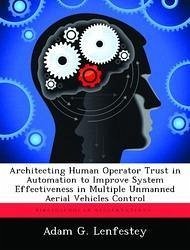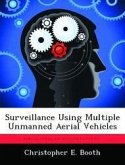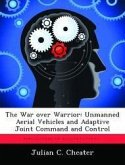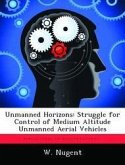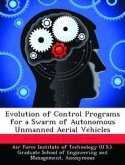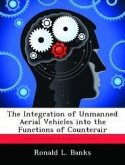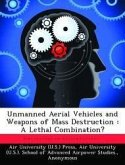Current Unmanned Aerial System (UAS) designs require multiple operators for each vehicle, partly due to imperfect automation matched with the complex operational environment. This study examines the effectiveness of future UAS automation by explicitly addressing the human/machine trust relationship during system architecting. A pedigreed engineering model of trust between human and machine was developed and applied to a laboratory-developed micro-UAS for Special Operations. This unprecedented investigation answered three primary questions: Can previous research be used to create a useful trust model for systems engineering? How can trust be considered explicitly within the DoD Architecture Framework? Can the utility of architecting trust be demonstrated on a given UAS architecture? By addressing operator trust explicitly during architecture development, system designers can incorporate more effective automation. The results provide the Systems Engineering community a new modeling technique for early human systems integration.
Hinweis: Dieser Artikel kann nur an eine deutsche Lieferadresse ausgeliefert werden.
Hinweis: Dieser Artikel kann nur an eine deutsche Lieferadresse ausgeliefert werden.

